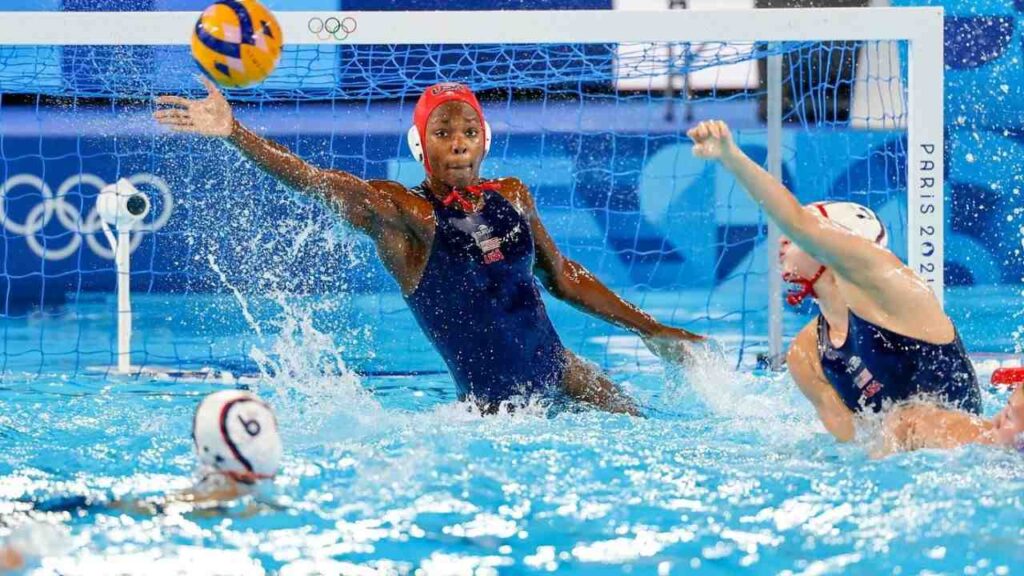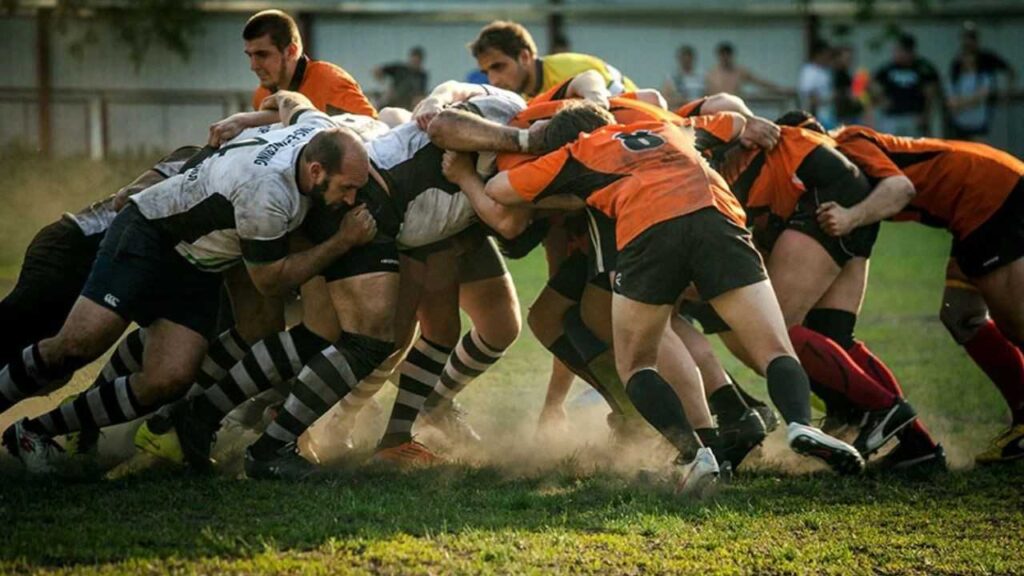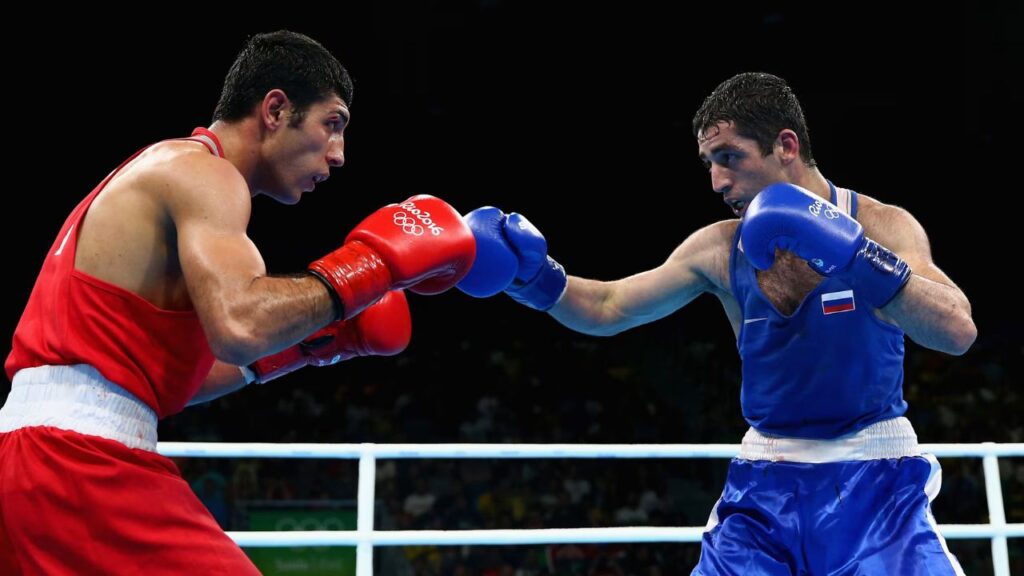Sports test both physical strength and mental resilience, pushing participants to new levels of endurance, skill, and strategy. The most challenging sports in the world need unrivalled devotion, mental focus, and physical prowess. They need not just a rigorous training regimen, but also the fortitude to tolerate pain, tiredness, and demanding schedules. The vast majority of sports performed today were created or developed in the nineteenth and twentieth centuries.
Although our forefathers began competing against one another in rudimentary games as a form of recreation and enjoyment in ancient times. Sports used to be about preparation for battle or hunting, which is why so many early games featured throwing spears, stakes, and pebbles and sparring one-on-one with opponents. Sports events were increasingly organised, with the most evident example occurring in ancient Greece, where the first Olympic games were held in 760 BC.
Though challenging sports provide fantastic entertainment for people all around the world, many of them are risky for the athletes who participate. After research, we identified six factors that contribute to a sport’s toughness: speed, endurance, strength, agility, skill level, and physicality. In this post, we will look at some of the world’s most difficult sports, exploring what makes them so difficult and the danger of injury to participate at the top level.
Here are the top 10 challenging sports in the world
10. Football

It has been one of the most followed sports in the world. It is a sport recognised all over the world for its endurance, agility, and talent. Players run an average of 7-9 kilometres every game, which requires significant cardiovascular endurance. In addition to continuious running, players require agility to move swiftly and technical talent to control and pass the ball effectively.
Factors include that the game is played over two 45-minute periods without stoppage. Given the expanse of the field and the extended durations of frequently continuous play, it necessitates considerable endurance. Add in the intellectual ability required to collaborate with the teammates and navigate the opponents, and they have a game that is both physical and mental endurance.
9. Skiing Downhill Racing

Downhill skiing is a high-intensity sport that demands speed, agility, and precision. Skiers race down steep, snowy slopes at speeds up to 90 mph, balancing on tiny skis. The sport demands exceptional leg strength, balance, and body control. A single miscalculation can lead to catastrophic or even fatal harm.
Its training consists of strength conditioning, core stability exercises, and considerable experience in difficult terrain. Downhill racers must also keep their attention and endure the psychological stress of racing at high speeds, making it one of the most difficult sports.
8. Water Polo

It is the highly competitive Olympic sport. The water sport, which is played in a deep pool of at least 1.8 metres, is highly acclaimed for its physicality, since there is a lot of kicking and grabbing going on beneath the surface in addition to the tossing and catching going on above it.
The speed and durability required by players, as well as the requirement of avoiding drowning without touching the ground. Not only are these athletes treading water, but they are also playing what is similar to a game of handball.
7. Ice Hockey

Ice hockey is an appropriate inclusion to our list of the world’s hardest sports because it is played on ice, is the fastest team sport in the world, and can frequently get highly hostile. The Ice hockey players are trained to be aggressive.
Both physically and emotionally, and must have a high level of strength and endurance. The NHL witnessed a 21% YoY rise in sponsorship revenue, reaching $1.28 billion for the 2022-23 season. Hockey club owners also profited handsomely, with the average NHL team worth $1.03 billion by the end of 2022.
6. Rugby

Rugby is a challenging, contact-heavy sport that requires speed, agility. Throughout the game, players must deal with many tackles, scrums, and collisions with opposing players. It necessitates severe cardiovascular conditioning, strength training, and agility practice. Rugby’s high-tenacity nature makes it one of the most injury-prone sports.
The players susceptible to concussions, torn ligaments, and fractures. Rugby players must be not only physically strong but also mentally bright, as the sport needs quick decision-making in a fast-paced, high-stakes setting. Each player averages 20 to 40 tackles every match, and one out of every four players is injured during the season.
5. Free Solo Climbing

It is, a sport in which climbers scale cliffs and mountains without ropes or safety equipment, is possibly the most perilous activity on our list. It needs exceptional physical fitness, flexibility, balance, and mental focus. Climbing needs a high level of accuracy; even a single error can be catastrophic.
Climbers spend years in training to boost their abilities and frequently practice on smaller, roped climbs to gain confidence. Scaling vertical rock walls requires considerable physical endurance, as well as severe psychological strain to stay calm and focused in life-threatening situations.
4. Motocross

It originated as motorcycle trials, is a skill-intensive sport. Riders do feats like as jumps, ditches, and trespassing while riding on twisting, difficult trails across severe terrain. It is one of the most physically demanding sports. With high leaps and dangerous landings that regularly result in severe injuries and accidents.
Monster Energy, which is owned by Monster Beverage Corporation (NASDAQ:MNST), has renewed its Supercross championship sponsorship until 2025. Motocross and Supercross, and the long-term partnership with Supercross began in 2007.
3. Mixed Martial Arts

MMA combines boxing, wrestling, jiu-jitsu, and other martial arts to create a highly competitive full-contact sport. Fighters practice numerous disciplines, including striking and grappling methods that demand flexibility, agility, strength, and endurance. Each bout is fierce, with participants facing strikes, joint locks, and takedowns.
The training schedule is notoriously demanding, with hours of physical conditioning and sparring every day. The danger of injury is high, including concussions, shattered bones, and ligament damage. Some clashes can even cause severe injuries to the players.
2. Ironman Triathlon

It is a gruelling event that includes a 2.4-mile swim, a 112-mile cycle ride, and a 26.2-mile marathon run, all accomplished consecutively and without break. Ironman Triathlon racers must have not only great cardiovascular and muscular endurance, but also the mental tenacity to persevere through hours of physical effort.
Training for an Ironman can require years of preparation and up to 20 hours per week, including swimming, cycling, and running. It is usual for participants to face tiredness, dehydration, and muscular cramps as they attempt to complete one of the world’s most difficult endurance feats.
1. Boxing

Boxing is one of the most difficult sports, combining physical endurance and challenging strategy. It is a sport in which contestants are taught not just to attack, but also to defend themselves. Boxing requires extensive fitness outside of the ring, with fighters investing in hours of aerobic, strength, and agility training each day.
It is one of the only sports in which competitors anticipate to suffer major bodily injuries. Again, players may sustain physical injuries in any activity, but boxing encourages injuries. Some may argue that this makes boxing foolish, while others believe it makes it challenging.
Pushing the limits of human endurance
The most difficult sports in the world put competitors to the test on numerous fronts, including physical endurance and strength, as well as mental resilience and strategic thinking. Athletes participating in these sports must be prepared to deal with physical strain, injuries, and significant mental stress.
For some, the toughest aspect of these sports is exactly what makes them so gratifying, since each game, race, or match is a personal test of willpower and devotion. Their stories of tenacity, resilience, and enthusiasm inspire aspiring athletes and spectators alike, demonstrating that the pursuit of excellence is more than just skill.


